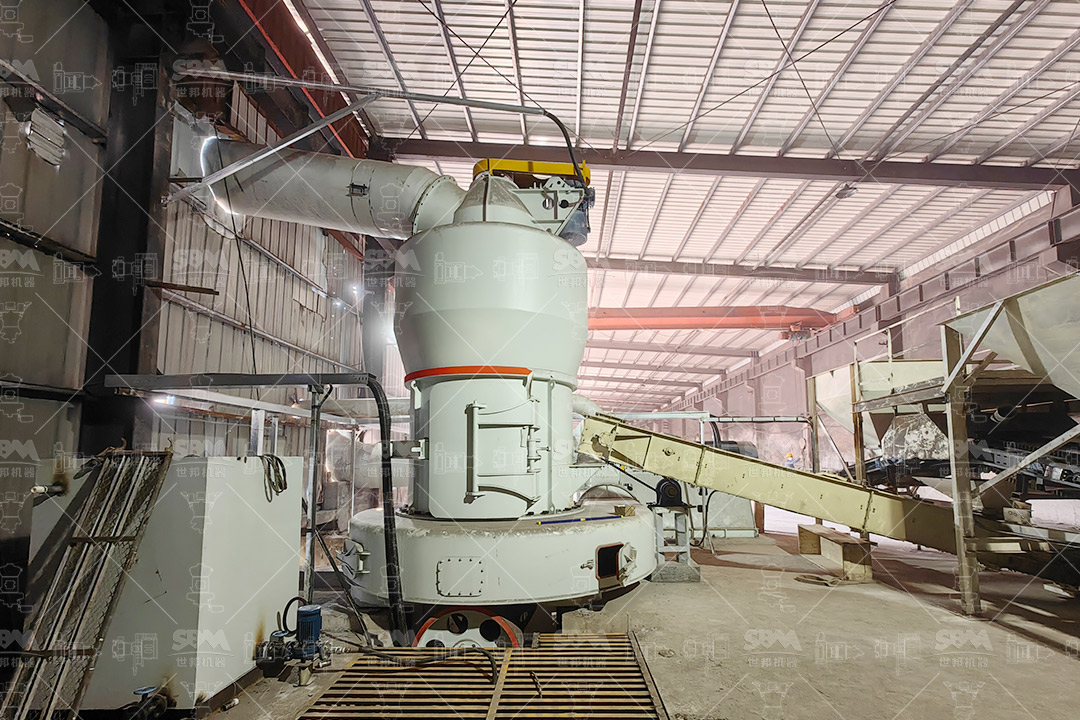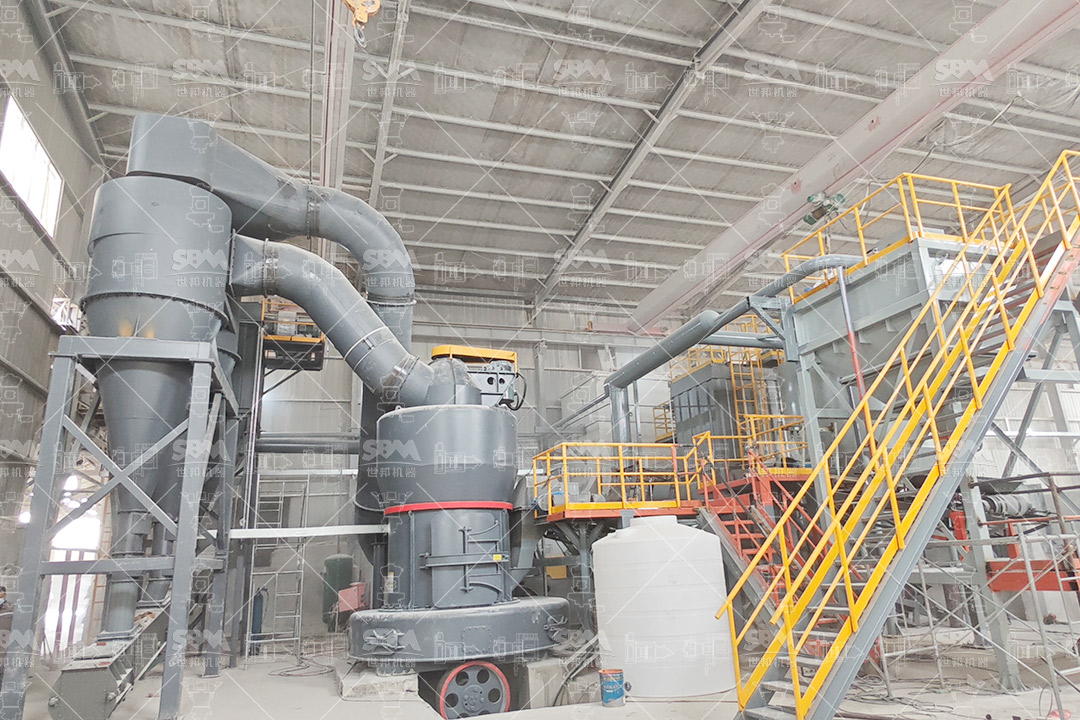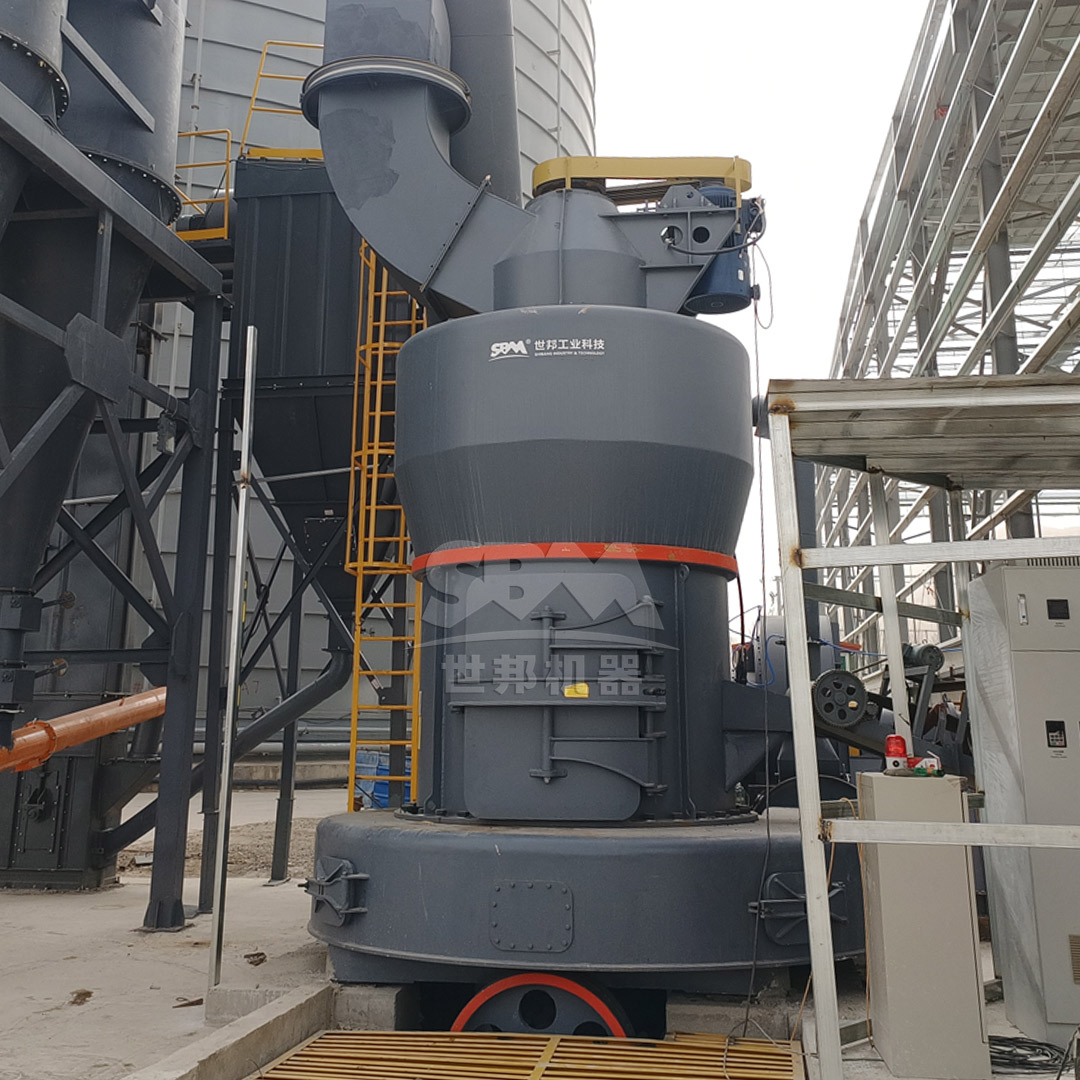Carbon black, a material produced by the incomplete combustion of heavy petroleum products, is widely used as a reinforcing filler in rubber products, as a pigment in inks and coatings, and as an UV stabilizer in plastics. The processing of carbon black requires specialized grinding equipment to achieve the desired particle size distribution and surface characteristics. Selecting the appropriate grinding mill is crucial for optimizing production efficiency, product quality, and operational costs.
The right mill choice depends on multiple factors including required fineness, production capacity, energy consumption, and specific application requirements. This comprehensive guide will explore the key considerations and present suitable milling solutions for carbon black processing.

Carbon black applications demand specific particle size ranges. For rubber reinforcement, typical requirements range from 20-70 nanometers (approximately 600-2500 mesh), while pigment applications may require even finer particles. The particle size distribution directly affects the material’s reinforcing properties, dispersion characteristics, and color strength.
When selecting equipment, consider both the target fineness and the uniformity of the particle size distribution. Narrow distributions are often preferred for consistent product performance.
Production needs vary significantly depending on application scale. Small specialty carbon black producers may require capacities of 1-5 tons per hour, while large-scale industrial operations might need 20-50 tons per hour or more. The mill selection must align with both current and projected future capacity requirements.
Grinding operations account for a significant portion of total production costs in carbon black processing. Energy-efficient mills can reduce operational expenses by 20-40% compared to conventional equipment. Look for mills with optimized grinding mechanisms, efficient classifiers, and advanced control systems that minimize energy consumption per ton of processed material.
Beyond initial investment, consider long-term operational expenses including wear part replacement, maintenance labor, and potential production downtime. Mills with durable grinding elements, accessible maintenance points, and reliable components typically offer lower total cost of ownership.
Available facility space, ceiling height, and foundation requirements can influence mill selection. Some mills offer compact designs with integrated systems that minimize footprint, while others may require additional auxiliary equipment and more extensive installation preparations.
For applications requiring very fine carbon black particles (typically below 5μm or 2500 mesh), ultrafine grinding mills provide the necessary precision and control. These mills combine intense grinding forces with highly efficient classification systems to produce consistently fine powders.
Our SCM Ultrafine Mill represents an excellent solution for high-value carbon black applications requiring superior fineness control. With output fineness ranging from 325-2500 mesh (D97≤5μm) and capacity from 0.5-25 tons per hour depending on model, this mill delivers exceptional performance for specialty carbon black production.
| Model | Processing Capacity (ton/h) | Main Motor Power (kW) | Feed Size (mm) | Output Fineness (mesh) |
|---|---|---|---|---|
| SCM800 | 0.5-4.5 | 75 | 0-20 | 325-2500 |
| SCM900 | 0.8-6.5 | 90 | 0-20 | 325-2500 |
| SCM1000 | 1.0-8.5 | 132 | 0-20 | 325-2500 |
| SCM1250 | 2.5-14 | 185 | 0-20 | 325-2500 |
| SCM1680 | 5.0-25 | 315 | 0-20 | 325-2500 |
The SCM series offers significant advantages for carbon black processing, including 30% lower energy consumption compared to jet mills, high-precision classification ensuring uniform particle size distribution, and durable construction with special material rollers and grinding rings that extend service life. The environmental benefits include pulse dust collection exceeding international standards and noise levels below 75dB.
For general-purpose carbon black grinding where extremely fine particles are not required, medium-speed mills offer an optimal balance of performance, efficiency, and cost. These mills typically produce particles in the 45-325 mesh range (approximately 350-30μm), suitable for many industrial applications.
Our MTW Series Trapezium Mill provides an efficient solution for medium-fineness carbon black processing. With output fineness from 30-325 mesh and capacity ranging from 3-45 tons per hour, this European-style mill combines robust construction with advanced features for reliable carbon black production.
| Model | Processing Capacity (ton/h) | Main Motor Power (kW) | Feed Size (mm) | Output Fineness (mesh) |
|---|---|---|---|---|
| MTW110 | 3-9 | 55 | <30 | 10-325 |
| MTW138Z | 6-17 | 90 | <35 | 10-325 |
| MTW175G | 9.5-25 | 160 | <40 | 10-325 |
| MTW215G | 15-45 | 280 | <50 | 10-325 |
The MTW series features wear-resistant shovel design with combined blades that reduce maintenance costs, curved air channel optimization that minimizes energy loss and improves transmission efficiency, and cone gear integral transmission with 98% efficiency. These features make it particularly suitable for high-volume carbon black production where consistent quality and operational economy are priorities.

Vertical roller mills offer significant advantages for large-scale carbon black processing operations. Their integrated design combines multiple functions including grinding, drying, and classification in a single compact unit, reducing space requirements and installation complexity.
Our LM Series Vertical Roller Mill provides an excellent solution for high-capacity carbon black production with output fineness from 30-325 mesh (with special models reaching 600 mesh) and impressive capacity ranging from 3-250 tons per hour. The集约化设计 (intensive design) reduces footprint by 50% and can be installed outdoors, lowering infrastructure costs by 40%.
Key advantages for carbon black processing include low operating costs with roller and grinding disc non-contact design that increases wear part life by 3 times, and energy consumption 30-40% lower than ball mill systems. The intelligent control system supports remote/local switching and real-time monitoring of operating parameters, reducing manual intervention.
While traditional, ball mills remain relevant for certain carbon black applications, particularly where very fine grinding is not the primary objective. Ball mills offer simplicity, reliability, and the ability to handle variations in feed material characteristics.
Our ball mill series covers a wide capacity range from 0.65-450 tons per hour with output fineness between 0.074-0.8mm. The versatility of dry/wet dual-mode operation makes them suitable for various carbon black processing scenarios, though they generally consume more energy than more modern mill designs for equivalent output.
| Mill Type | Output Fineness | Capacity Range | Energy Efficiency | Best Application |
|---|---|---|---|---|
| SCM Ultrafine Mill | 325-2500 mesh | 0.5-25 t/h | High | Specialty carbon black |
| MTW Trapezium Mill | 30-325 mesh | 3-45 t/h | Medium-High | General purpose |
| LM Vertical Mill | 30-325 mesh | 3-250 t/h | High | Large-scale production |
| Ball Mill | 0.074-0.8mm | 0.65-450 t/h | Medium | Cost-sensitive applications |
For carbon black used in tire manufacturing and rubber products, particle size and structure significantly impact reinforcement properties. The SCM Ultrafine Mill is particularly well-suited for these applications, as it can produce the fine, uniformly sized particles necessary for optimal rubber reinforcement while maintaining high production efficiency.
Carbon black used as a pigment requires excellent dispersion characteristics and consistent color strength. Both the SCM Ultrafine Mill and MTW Trapezium Mill can be configured to meet these requirements, with the choice depending on specific fineness needs and production volume.
For UV stabilization in plastics, carbon black must be finely ground and evenly dispersible. The LM Vertical Roller Mill offers an excellent balance of fine grinding capability and high production capacity for these applications, with the added benefit of integrated drying when processing moist materials.

Proper preparation of carbon black feedstock is essential for optimal mill performance. Pre-crushing to appropriate size (typically below 20mm for most mills), moisture control, and removal of contaminants all contribute to stable operation and consistent product quality.
A complete carbon black grinding system requires proper integration of feeding, grinding, classification, collection, and packaging components. Our milling solutions include integrated systems designed for seamless operation, with options for various configurations based on specific plant requirements.
Regular maintenance is crucial for sustained mill performance. Our mills feature designs that facilitate maintenance access and utilize durable materials in high-wear areas. For carbon black processing, special attention should be paid to grinding elements, classifier components, and sealing systems to prevent product contamination.
Carbon black processing presents specific environmental and safety considerations, particularly regarding dust control and explosion hazards. Our mills incorporate advanced pulse dust collection systems with efficiency exceeding international standards, and designs that minimize fire and explosion risks through proper grounding, temperature monitoring, and explosion venting where required.
Selecting the right grinding mill for carbon black processing requires careful consideration of multiple factors including required product specifications, production volume, energy efficiency, and total cost of ownership. Our range of milling equipment provides solutions for virtually any carbon black processing requirement, from specialty high-value applications to large-scale industrial production.
The SCM Ultrafine Mill stands out for applications demanding the finest particles and tightest particle size distributions, while the MTW Trapezium Mill offers an excellent balance of performance and economy for general-purpose carbon black production. For the highest capacity requirements, the LM Vertical Roller Mill provides unmatched efficiency and integration benefits.
By understanding your specific carbon black processing needs and matching them to the appropriate milling technology, you can optimize both product quality and operational economics. Our technical team is available to provide detailed recommendations based on your specific application requirements and production goals.